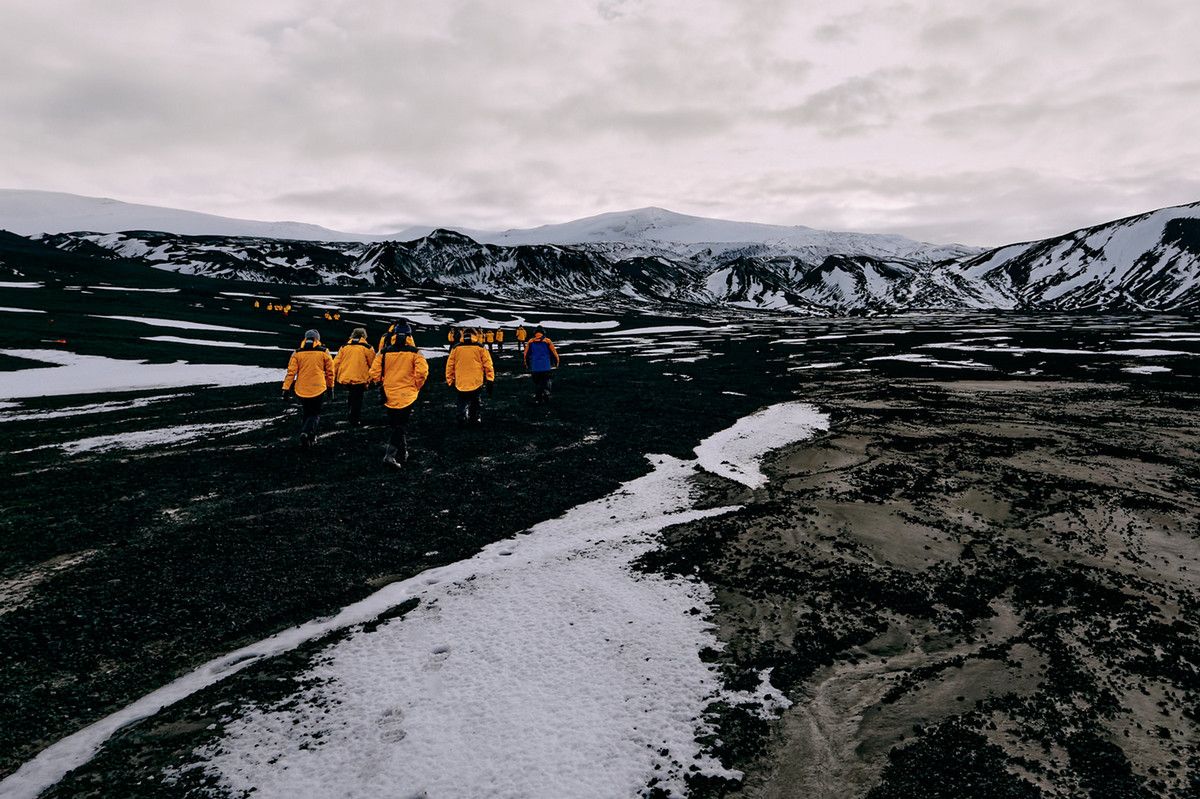Looking for a place to sleep, Goldilocks sneaks into an empty house. “This bed is too hard! This bed is too soft!” she says. But of the third mattress, she decides, “This bed is just right.”
Over the course of evolution, we humans have done the same, searching for environments in which to comfortably survive. Some lifeforms, though, happily dwell in habitats that, to humans, aren’t merely uncomfortable—they’re extreme.
I’m talking about extremophiles, those little creatures to whom “too hard” or “too soft” mean something very different. Extremophiles are organisms who live in the supposedly most inhospitable places on Earth. Think hydrothermal vents, acidic hot springs, oxygen-less gold mines, Antarctica.
For extremophiles, most of whom are microbes, life isn’t unpleasant. Like Goldilocks, who enjoys some porridge before her nap, extremophiles actively thrive in their seemingly desolate homes.
Since their ecosystems differ greatly, extremophiles don’t have a single, common approach to survival. In fact, sometimes, the same organism can tolerate multiple extremes. For instance, deep in the ocean, hydrothermal vents spew 700-degree water full of toxic metals. But extremophiles have adapted: Here, they don’t use photosynthesis, since there’s no sunlight. Instead, they draw carbon dioxide directly from the mineral-rich vent water, then convert that carbon dioxide to sugar.
Researchers seeking extraterrestrial life look for planets orbiting their star at a suitable distance—close enough for liquid water, far enough away that it isn’t too hot. Appropriately, this distance is called the Goldilocks Zone. But is it possible, scientists wonder, for alien extremophiles to live elsewhere—on barren, waterless planets? After all, when it comes to environments, one creature’s “too hard!” is another’s “just right.”










